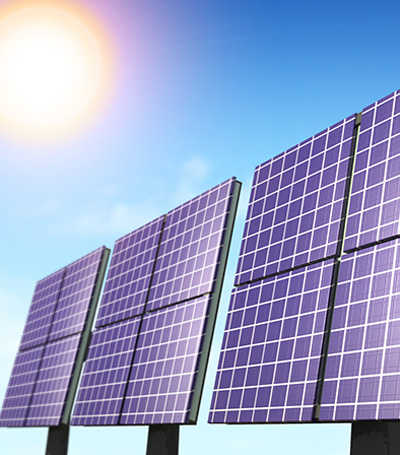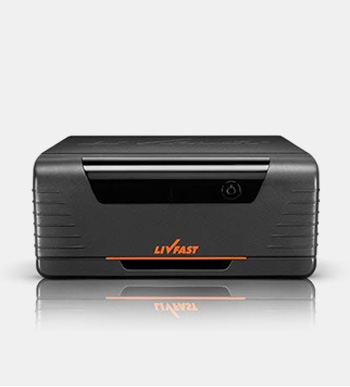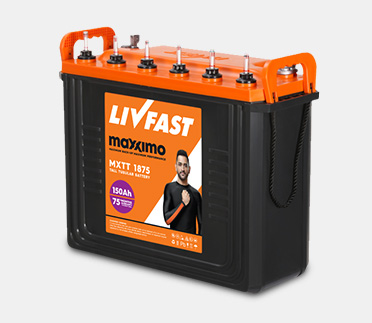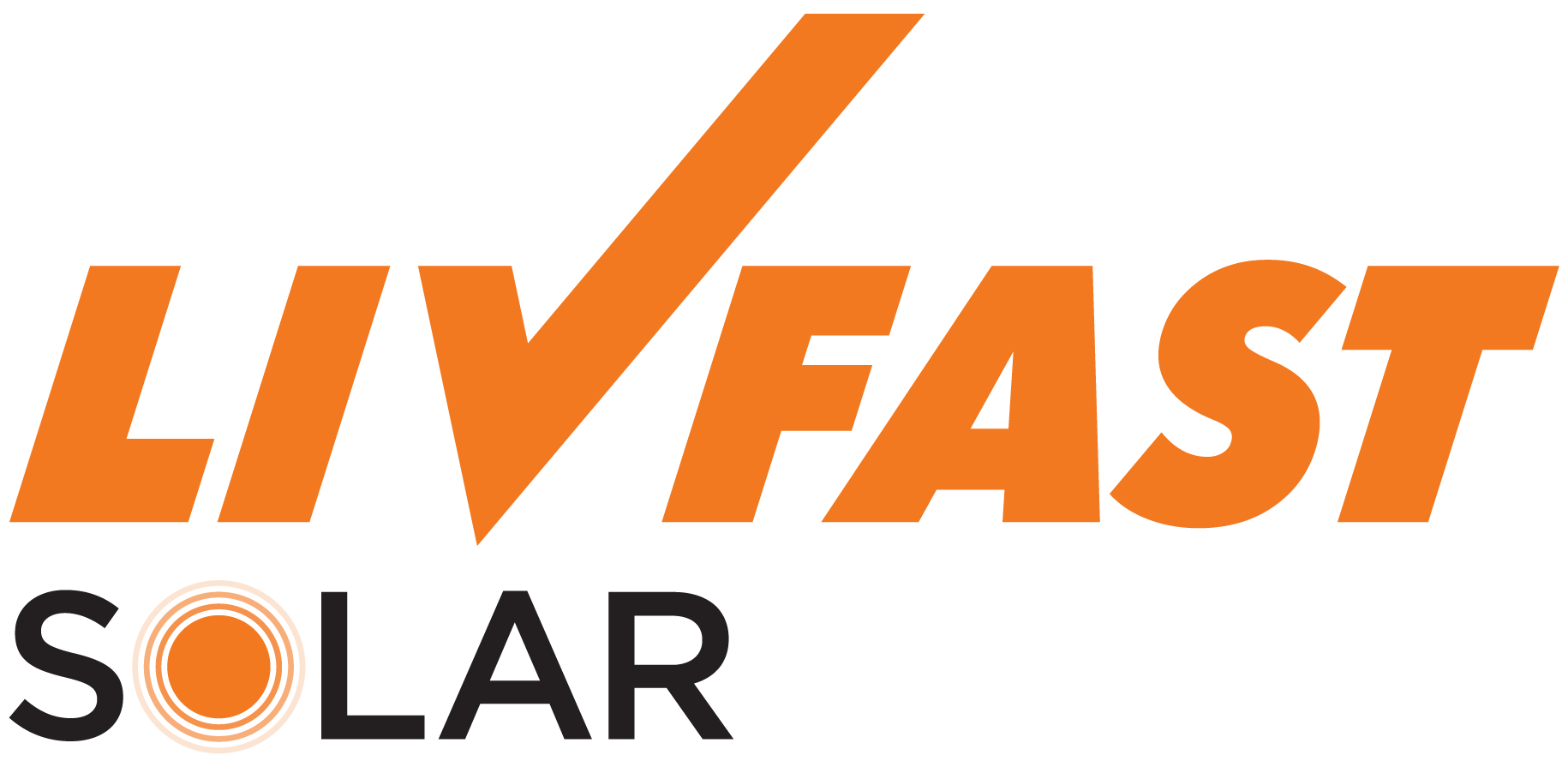Understanding Solar
Understanding Solar
With abundant presence and a wide range of domestic and commercial applications, Solar is undoubtedly the future for all. The multi-dimensional use of solar power makes it ideal for electricity generation and other benefits like faster savings. How does it work? The light energy from the Sun is used in solar rooftop solutions consisting of solar PV modules, solar inverter and solar batteries. And heat energy is used for cooking food, warming water, and producing electricity through solar mirror concentration power plants. These concentration power plants are at a nascent stage and aren't as popular as their counterpart solar panel farms.
Currently, there are two types of solar rooftop solutions based on the utilization of solar light energy:

AC solutions:
These systems are usually installed in places connected to a power grid. Solar rooftop solutions that fall under AC solutions are GI (Grid-Interactive) / GIH (Grid-Interactive Hybrid) or Off-grid/Hybrid. They offer power backup to homes and promise extra savings by selling the surplus power back to the utility grid as applicable in GI and GIH solutions.

DC solutions:
These solar solutions are normally used in places that are not connected to a power grid and have zero electricity access. They are usually found in small houses and shops in remote areas, vendors on wheels and more. Some of the off-grid solar systems are also part of DC solutions.
For More Information
Critical components of solar light energy

Photovoltaic Modules
PV modules or Solar Panels or Solar modules convert sunlight into electric power.
There are three types of PV modules:
1. Monocrystalline 2. Polycrystalline 3. Thin Film
Monocrystalline cells are cut from a single crystal of silicon. Although they are more efficient than polycrystalline cells, Monocrystalline cells are relatively expensive than other cells. Considering higher price and Indian temperature conditions, they are less suitable for Indian market.
Polycrystalline cells are effectively a combination of multiple layers of silicon, consisting of a large number of crystals. They are economical and ideal for Indian conditions.


Solar Inverter

This electronic equipment converts DC power, from PV modules, into AC power that is consumed by your Load.
The selection of inverter type depends on the sought application.
Grid interactive and Grid interactive hybrid inverters feed excess power from solar panels directly to grid. They are designed to quickly disconnect from the grid, as a safety feature, in case the grid goes down.
Hybrid or an off grid inverter is designed to both charge batteries and pass units to grid so that one saves on electricity bill and use the battery backup during power cut.

Solar Batteries

Unlike the usual inverter-batteries, solar-batteries are designed for better charge acceptance, quick recharge and longer life. They are the heart of your comfort solution, providing backup during power cuts.
They are used with an Off-Grid and a Grid Interactive Hybrid Inverter solution. They accept charging current from both solar and grid depending on the availability or selection.
Our Recommendation
If your average power cuts are roughly 3 hours or more hours in a day, use Hybrid (off grid) Solar Solutions.
If you have power 24 * 7 or rarely face power cuts, use Grid Interactive Solar Solutions.
If your power cut ranges from 30 minutes to 2 hours in a day, use Grid Interactive Hybrid Solar Solutions.
If your electrical load requirements are minimal and grid supply is unavailable, use DC Solar Solutions.
